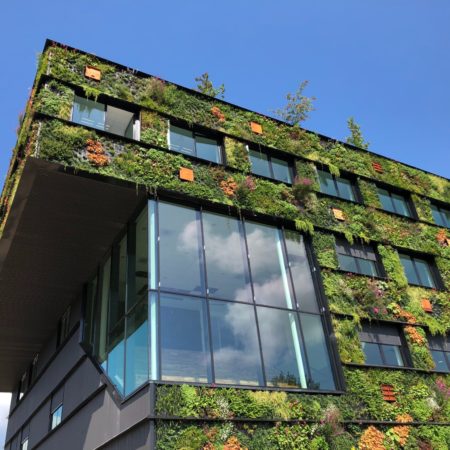Why Net Zero Carbon Metrics Are More Complex Than Energy-In, Energy-Out
One of the big challenges facing net zero carbon retrofit is having a standardised model of performance. The overall energy consumption of a home is easy to measure. And, in theory, if that consumption is met 100% by renewable energy, we have a net zero carbon home.
Net zero carbon metrics are, however, a bit more complex than measuring theoretical energy-in and energy-out. We are primarily interested in understanding how to plan retrofit programmes that will get us to net zero performance at a future date so we need effective models for planning retrofits before we are in a position to measure the practical results.
Terminology
In net zero carbon, the word ‘net’ is significant. While we want to make every home as low carbon as possible, we also have to balance the depth (and cost) of the retrofit with the capacity to fit solar panels or other renewable energy technologies.
The source of the energy used to heat space and water is an important element. As the grid is progressively decarbonised, the net zero balance will change. Research suggests that delivered energy demand assessment is not necessarily a good proxy for carbon emissions.
At the same time, we can’t ignore the reality that much of the UK’s peak energy load is currently met by natural gas. The electricity grid isn’t capable of delivering this load and may never be able to (in addition to charging our electric vehicles). Overall, a drastic reduction in energy use by buildings remains a priority even if the electricity supply grid is decarbonised.
Net Zero Carbon Metrics – Modelling and Behaviour
A key difference between energy performance and net zero is that one is based on standards and models, and the other depends on behaviour. To use extreme cases for illustration, energy use for an elderly person with mobility issues will be higher than for a younger, more active person. Some people will put on a fleece if it gets a bit chilly, others crank up the heating.
Plug loads, cooking and lighting use are other behavioural factors not fully reflected in energy performance standards. Ideally, a net zero carbon model would account for these factors. There will certainly need to be an effective feedback loop of real-world data to refine our net zero carbon metrics.
Embodied Carbon
Retrofit programmes will involve embodied carbon. These are the emissions created by extracting, processing and transporting materials, and the energy used during the retrofit process (plant, power tools, deliveries, staff transport etc). Not including embodied carbon emissions that have been ‘offshored’ by importing materials is a bit of a cheat.
Low embodied carbon materials and methods should be prioritised. The carbon footprint of organisations involved in the retrofit programme must be minimised and accounted for. Engaging local supply chains will be an important contribution.
Because Osborne is committed to the spirit as well as the letter of net zero carbon, our policy is to be as open as possible about performance data. We’re refining the models we use with the aim of creating an objective and honest way to assess progress and performance.
Find out more about Osborne’s Zero Carbon Retrofit Solutions by visiting our resource centre or contact Nick Davidge ([email protected]).

